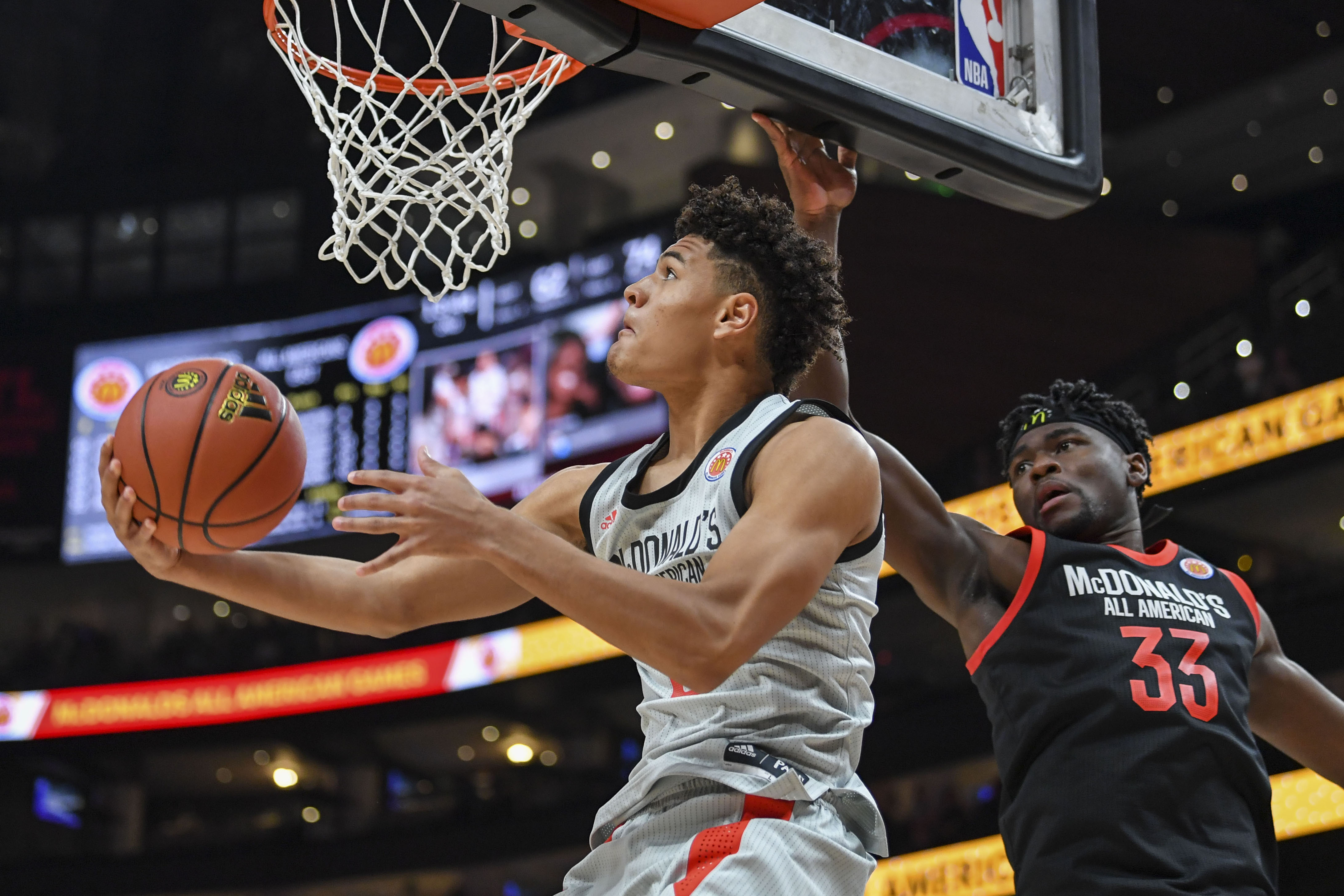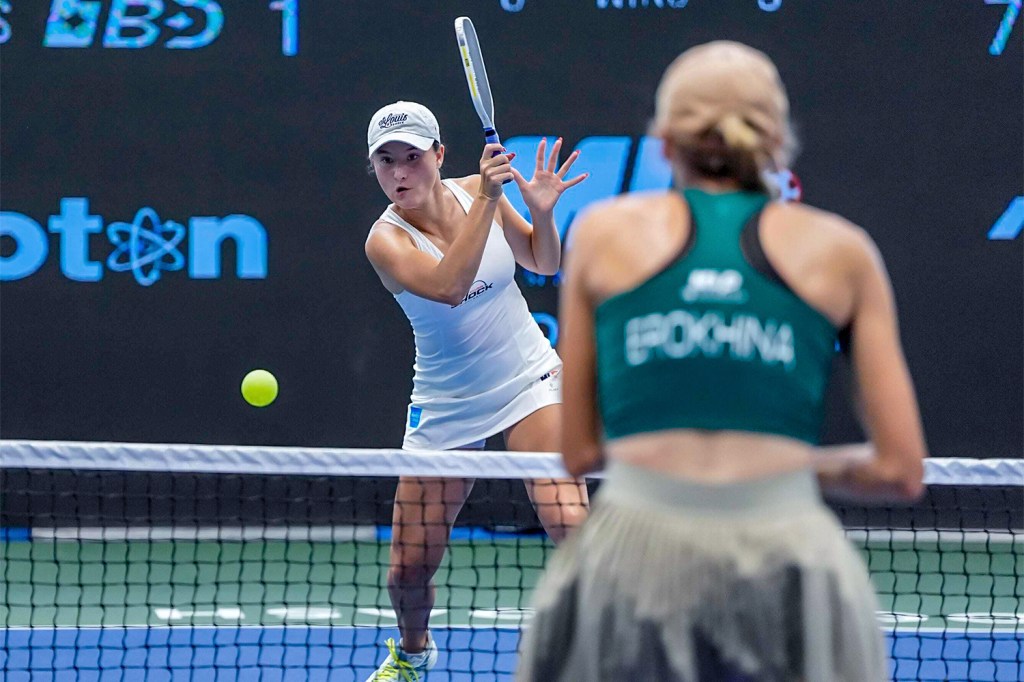
Photo Credit: Dale Zanine-USA TODAY Sports
Rob Angarita, Aaron Hawkey and Sandeep Hingorani didn’t have a dream, per se, when they launched BallerTV in 2016. They just noticed an opportunity. Livestreaming was surging in popularity yet there was no sport-specific program for lower-level games. The three men pounced.
Fast forward a few years, and BallerTV is set to broadcast more than 250,000 amateur sporting events in 2019, providing parents and college coaches unprecedented opportunities to watch amateur athletes throughout the country by way of a network of freelance videographers. The broadcasts are also archived for future viewings, preserving the types of games that for so long were only retained through memories.
“We’re all former athletes that played high-level high school athletes and so many of our best memories are rooted in sports, and the content doesn’t live anywhere,” Hingorani said. “We aimed to leverage technology to solve that problem and phase one was to build a livestream platform for sports.”
READ MORE: How a Camera System Helped Yale Make the Big Dance
BallerTV built their livestream platform using a team of Cal Tech computer engineers, taking care to incorporate contextual details like scores, player names and game clocks to differentiate itself from more homogenous platforms like Facebook Live and Periscope.
The growth has been meteoric. The platform debuted as a basketball-specific service by streaming the 2016 Tarkanian Classic basketball tournament. One year later, BallerTV was already up to 10,000 boys and girls basketball events. Its founders understood they were at a crossroads. Should they stay in their lane as a local livestream entity for basketball games, or should they aim for something far more ambitious?
“It was, ‘Could we achieve that scale to achieve the mission of never missing a game,” Hingorani said. “We’re all parents and have young kids, so we’re in the business of solving our own problems. We wanted to build something so every kid has coverage. Can we be that solution?”
[mc4wp_form id=”8260″]
They set out to find the answer, one way or the other — and quickly. By 2018, BallerTV had grown its operation 10-fold to broadcast 100,000 events in sports ranging from hoops to softball to football to volleyball. It boasts a 35-person staff working out of Pasadena, Calif. Dwyane Wade even signed on as the company’s first global ambassador. But the real muscle comes by way of approximately 30,000 videographers throughout the country in a sort of gig economy in the model of Uber or Postmates. It represents the company’s next stage of growth after broadcasts were initially streamed employees or parents.
“We needed to figure out a solution to own our own destiny,” he said. “That required recruiting our own workforce. There’s no shortage of people who are trying to make their break in sports, so we provide an opportunity to get an inside look at sports production and trying to expand spectrum of sports coverage, build a skill set and see how new media interacts with amateur sports.”
BallerTV is currently subscription-based in a deliberate attempt to avoid the pitfalls of chasing viewership numbers. Rather than worry about attracting a mass audience, it primarily caters to two niche consumer bases: parents and coaches, and scouts recruiting athletes for colleges. Solving their former was their goal but addressing the latter was something of a happy accident, a solution to the inefficiency of traveling across the country to watch enough players in person. According to Hingorani, at least one school from every Division I conference has subscribed to the service.
READ MORE: Sports Streaming Has Room for Improvement in 2019
As the platform continues to scale, BallerTV believes it has the potential to become even more attractive to sponsors once economies of scale come into play.
That doesn’t mean, however, that they’re in a rush to upend their business model once again. Hingorani said the company does not intend to pursue broadcast rights in the college or professional spheres. BallerTV knows its market share, and he believes they’re only scratching the surface of the problem they set out to solve.
“We’re trying to move downstream,” he said. “Where we win is using technology is to cover everything, even youth sports at an elementary level. We may be a ways from there, but there’s deep blue water ahead of us in the number of sports we can cover at [youth levels].”

















